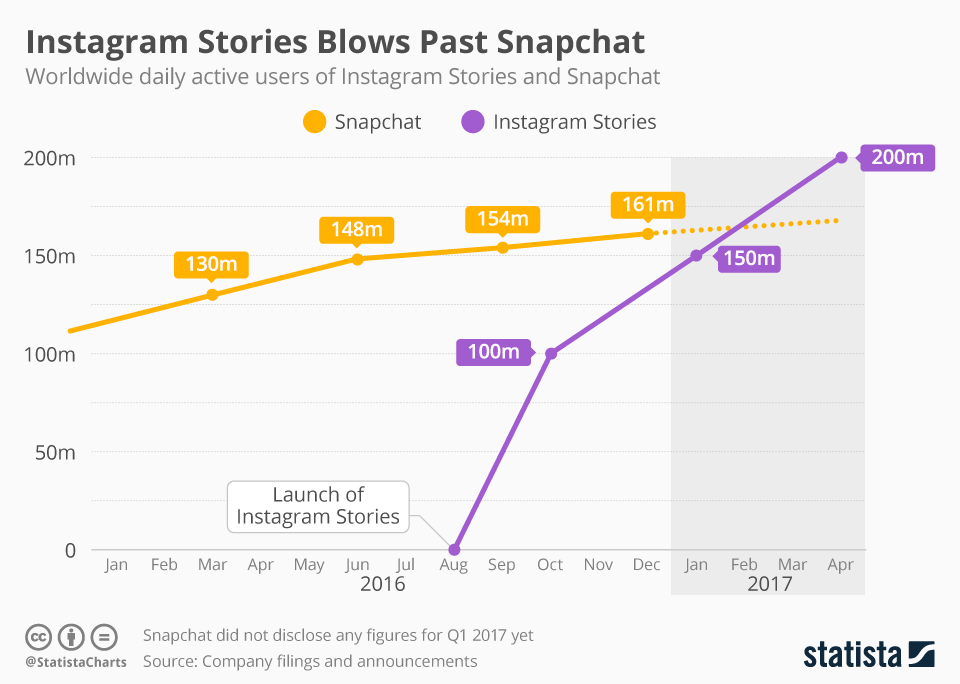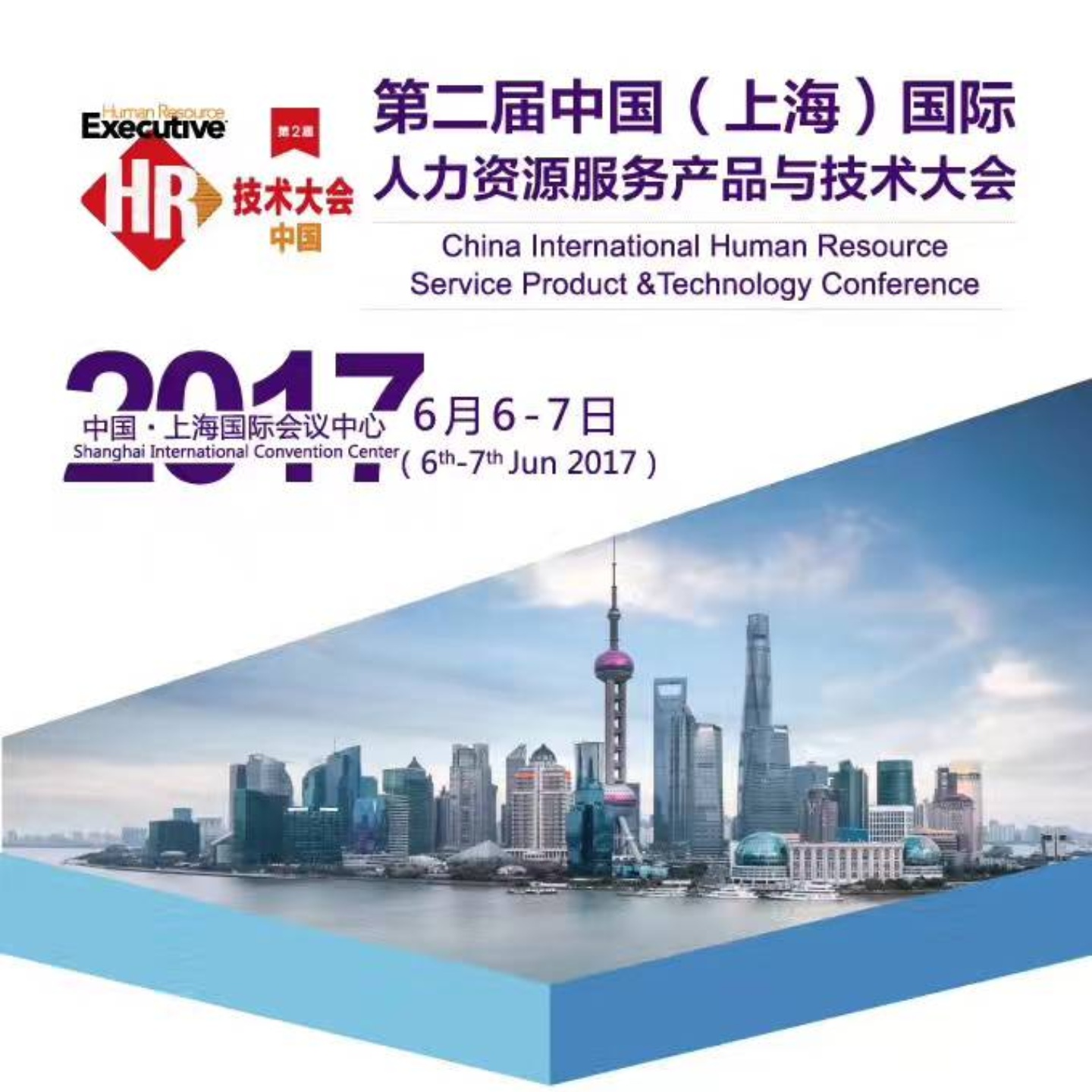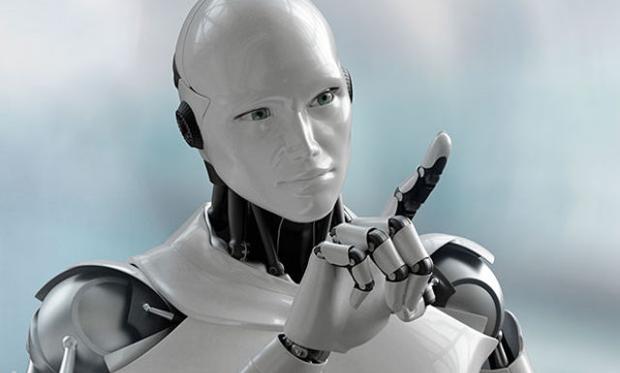Notes from the road #22 - A long, strange trip it's been edition
Writing this (brief) dispatch from the Delta Sky Club (again), as I wait for the final leg on the trip back from what has been a long, interesting, challenging, and incredibly rewarding two-week trip Phoenix - Shanghai - Tokyo - (back to) Phoenix - and then finally home.
In Phoenix, I attended the Virgin Pulse Thrive Summit, which was a really fantastic event. In case you have missed them, you can listen to two HR Happy Hour Shows that Trish McFarlane and I recorded from the event here and here. Virgin Pulse is the leader in employee wellbeing, and unlike some other solution providers in the space, Virgin Pulse is making real strides on showing (with data), the connection between wellbeing and improved business results. Thanks as always to them for having myself and Trish out at the event, and for supporting the HR Happy Hour Show.
From there, we headed to Shanghai for the 2nd Annual HR Tech China Conference. The 2nd event was even bigger and better than the first. And I am convinced Shanghai is my new favorite city. You can read some of my thoughts about the event here, and later this week Trish and I will share even more from and about the event on an HR Happy Hour Show we will record later this week. All I can say to my Chinese friends, old and new, is "xiexie" - Thank You!
From there, I headed to Tokyo for some business as well as some time to do some touring and sightseeing. Another amazingly interesting and fun place, great and welcoming people, and lots of opportunity to do more in the future. I liked it so much I may have to go back again soon!
It has been the longest business trip I have been on in ages, and while I sit here in the MSP Sky Club anxious to get home, I also anticipate the next trip back to Asia - it truly has been, professionally and personally, the most incredibly rewarding trip I have taken in years.
And to everyone who is waiting to hear back from me about something or other - I promise to dig in to the backlog of emails and texts and get back to you soon.
That is if I actually get home tonight. If I get stuck here in MSP, then all bets are off.
NOTE: In the time it has taken me to post this, I am delayed another hour...

 Steve
Steve



